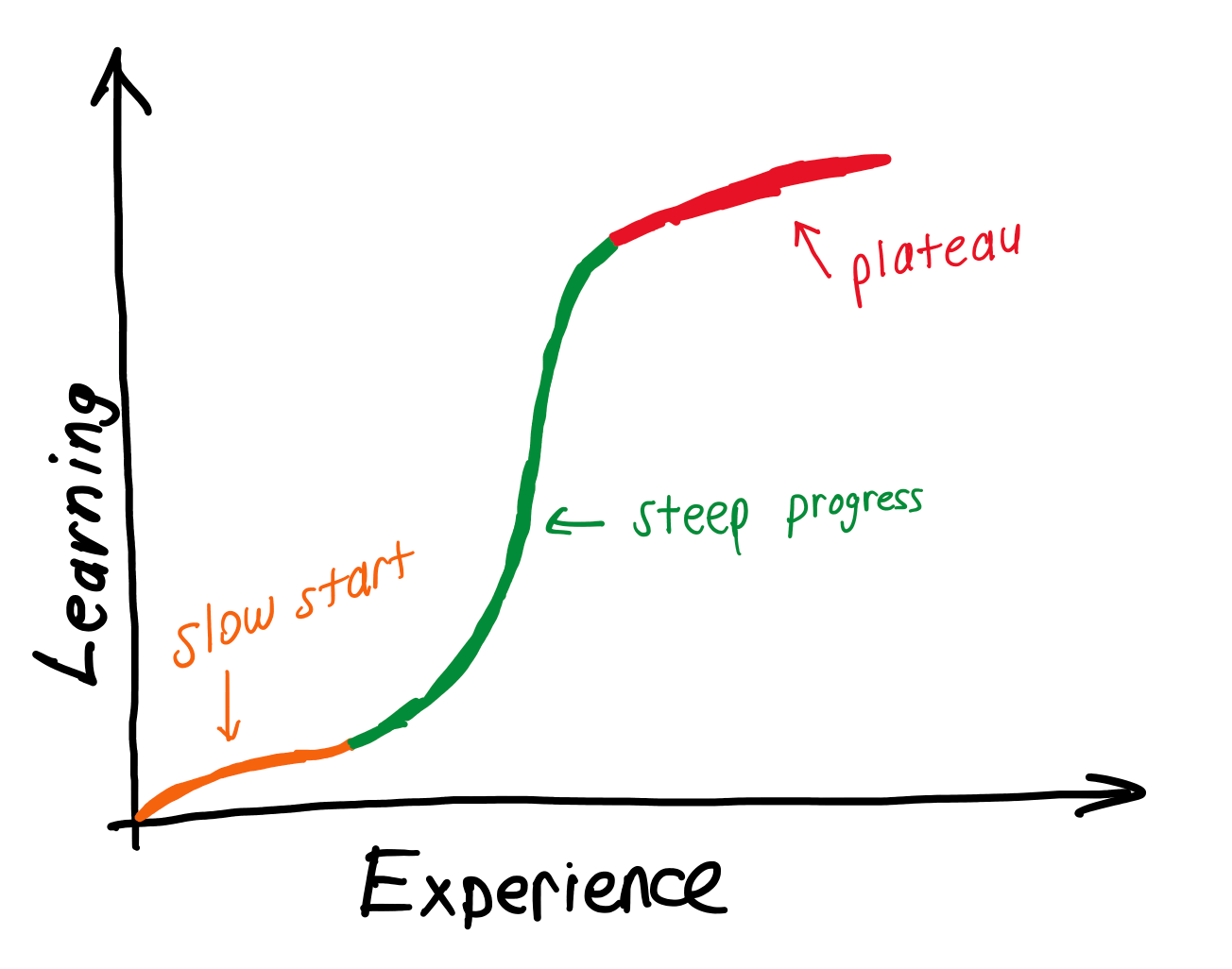How can we model the modeler?

Every semester in my introductory class, I have new students who are interested in learning about modeling and simulation. One idea that struck me and my colleagues at VMASC was understanding the learning progress of these learners without bothering them with tests or labor-intensive assessments. We have our new paper presented at the 2020 Spring Simulation Conference that tackled this very challenge from an empirical perspective. Check out the presentation video, take a look at the abstract, or access our paper below. Let me know if you have any feedback.
Watch the presentation video on YouTube: https://youtu.be/eti0zj1mOQA
Abstract
This paper presents our novel efforts on automatically capturing and analyzing user data from a discrete-event simulation environment. We collected action data such as adding/removing blocks and running a model that enable creating calculated data fields and examining their relations across expertise groups. We found that beginner-level users use more blocks/edges and make more build errors compared to intermediate-level users. When examining the users with higher expertise, we note differences related to time spent in the tool, which could be linked to user engagement. The model running failure of beginner-level users may suggest a trial and error approach to building a model rather than an established process. Our study opens a critical line of inquiry focused on user engagement instead of process establishment, which is the current focus in the community. In addition to these findings, we report other potential uses of such user action data and lessons learned.
Reference
Modeling the Modeler: an Empirical Study on How Modelers Learn to Create Simulations
H. Kavak, J.J. Padilla, S.Y. Diallo and A. Barraco
The 2020 Spring Simulation Conference, Virtual, May 18-21, 2020
Paper

